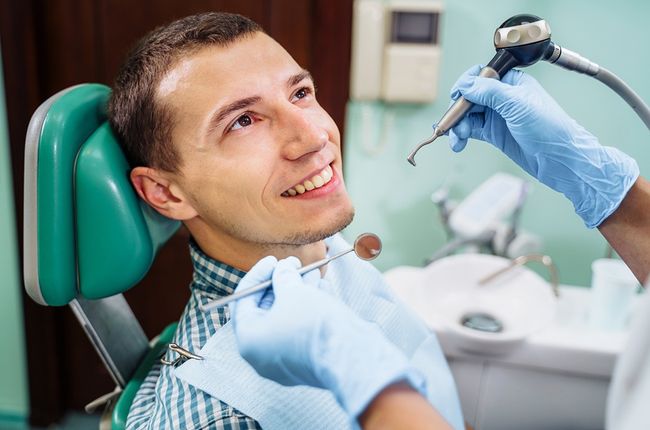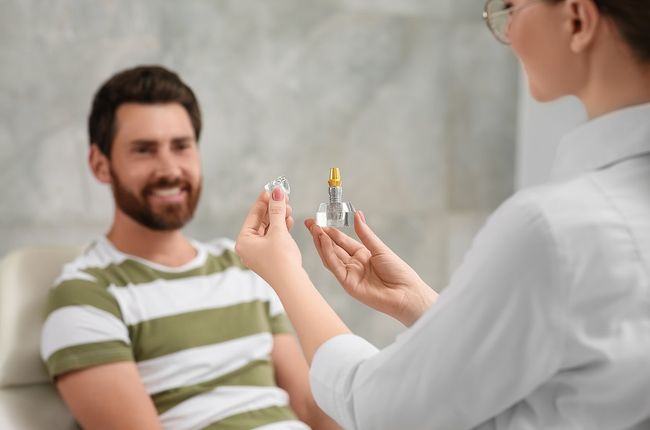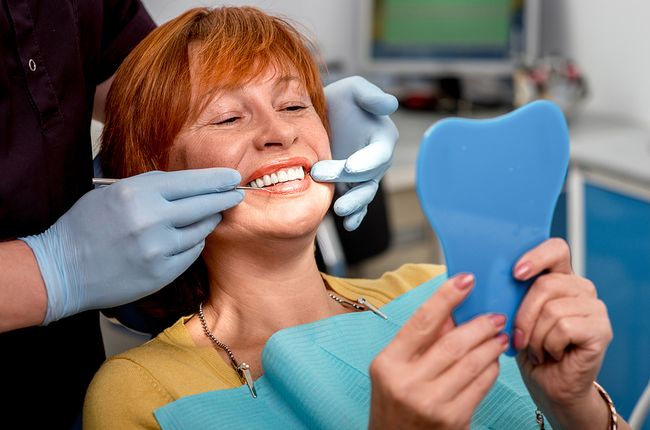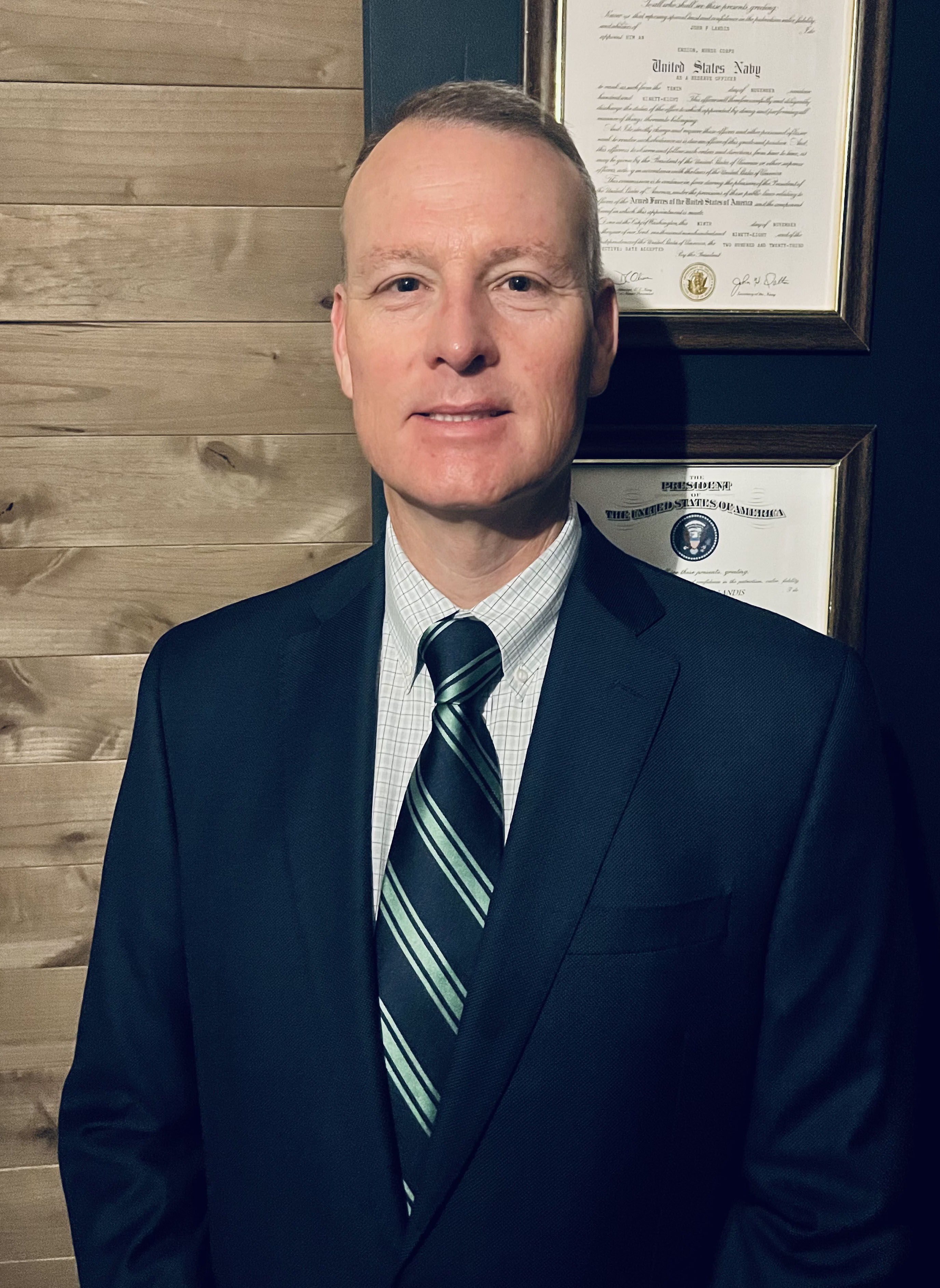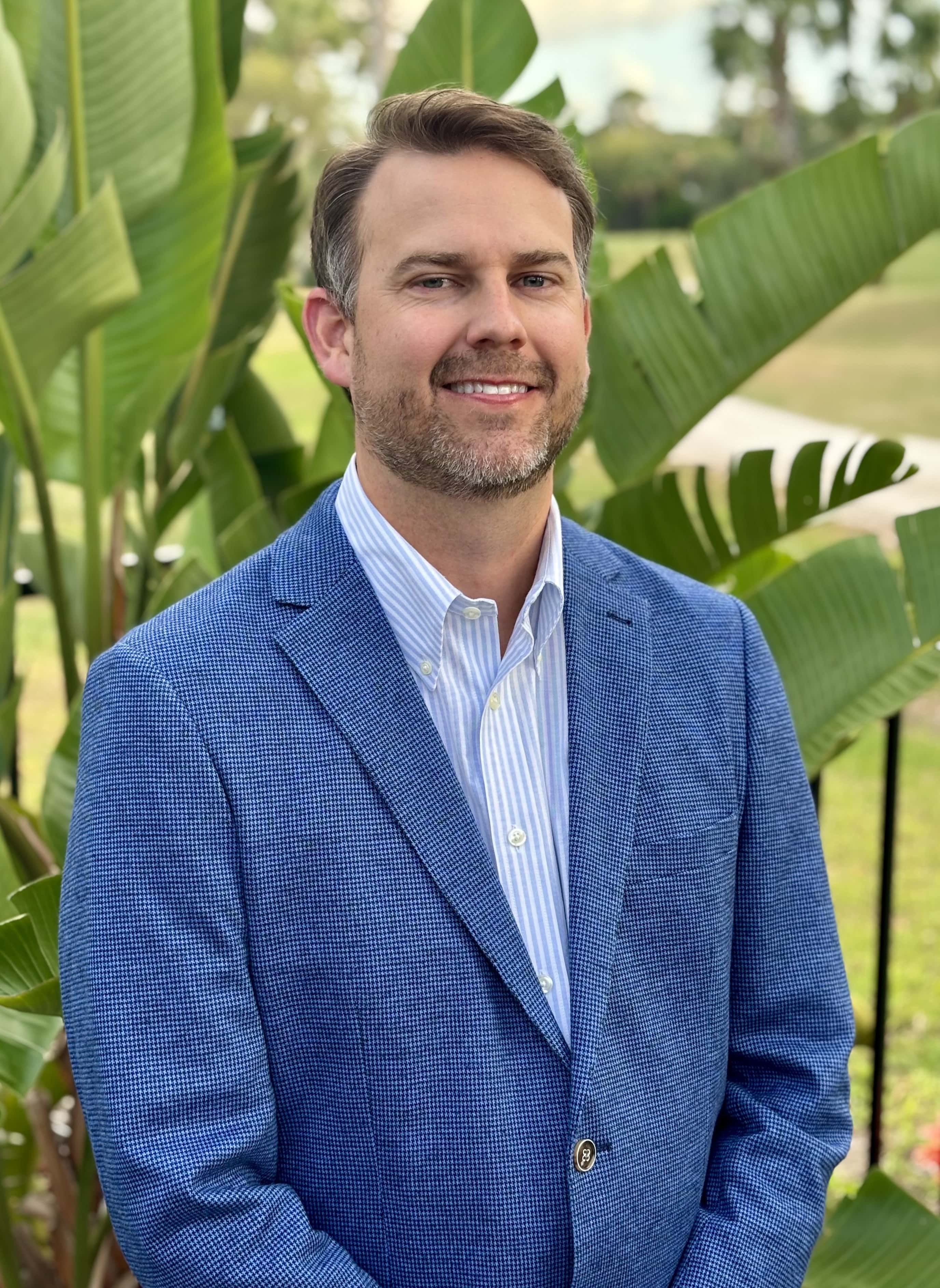Bone Grafting
Bone grafting is a common procedure in dentistry that plays a crucial role in restoring and preserving the health and integrity of the jawbone. Whether you're considering dental implants, addressing bone loss due to periodontal disease, or seeking to improve the aesthetics of your smile, bone grafting may be recommended as part of your treatment plan.
What Is Bone Grafting in Jacksonville Beach, FL?
Bone grafting is a surgical procedure used to augment or regenerate bone in areas where it is deficient or has been lost. In dentistry, bone grafts are commonly performed to address a variety of issues, including:
- Providing adequate bone support for dental implants
- Repairing bone defects resulting from trauma or infection
- Restoring bone volume lost due to periodontal disease
- Enhancing the aesthetics of the jawline and facial contours
Types of Bone Grafts in Jacksonville Beach, FL
There are several types of bone grafts used in dental procedures, each with its own unique characteristics and indications:
- Autografts
Autografts involve harvesting bone from one area of the patient's body, such as the hip or jaw, and transferring it to the site requiring augmentation. Autografts are considered the gold standard for bone grafting due to their high success rate and compatibility with the patient's own tissue.
- Allografts
Allografts utilize donor bone obtained from a human cadaver. The donor bone is processed to remove cells and preserve the bone matrix, making it biocompatible and suitable for use in grafting procedures. Allografts are a convenient alternative to autografts and eliminate the need for a secondary surgical site.
- Xenografts
Xenografts involve using bone graft material derived from a non-human source, typically bovine (cow) or porcine (pig) bone. Xenografts are processed to remove organic components and sterilized to minimize the risk of immune rejection or disease transmission. While xenografts may not integrate as completely as autografts or allografts, they provide a scaffold for new bone formation and are often used in conjunction with other graft materials. Call us to learn more.
- Synthetic Grafts
Synthetic bone graft materials are composed of biocompatible materials such as calcium phosphate or calcium sulfate. These materials are designed to mimic the structure and properties of natural bone and promote new bone growth. Synthetic grafts have the advantage of consistency and availability but may have limitations in terms of integration and long-term stability.
The Bone Grafting Process in Jacksonville Beach, FL
The bone grafting process typically involves several stages, beginning with a thorough evaluation and treatment planning:
- Consultation and Evaluation
During your initial consultation, your dentist will assess your oral health, review your medical history, and determine if bone grafting is necessary and appropriate for your needs. If so, they will proceed to the next step.
- Preparation
Prior to the grafting procedure, any existing infection or inflammation in the treatment area will be addressed to optimize healing outcomes. Your dentist in Jacksonville Beach, FL may also take diagnostic imaging, such as X-rays or CT scans, to evaluate the bone quality and plan the grafting procedure accordingly.
- Graft Placement
The bone grafting procedure is performed under local anesthesia to ensure your comfort. Depending on the type of graft material used, the graft may be secured in place with screws, pins, or sutures to stabilize it and promote integration with the surrounding bone.
- Healing and Integration
After the grafting procedure, the body's natural healing processes will gradually remodel the graft material and stimulate the formation of new bone tissue. This process, known as osseointegration, typically takes several months to complete, during which time the graft becomes fully integrated with the existing bone.
- Implant Placement (if applicable)
Once the graft has healed and integrated successfully, dental implants may be placed in the augmented bone to support dental restorations such as crowns, bridges, or implant-supported dentures.
Recovery and Aftercare
Following bone grafting surgery, it's essential to follow your dentist's postoperative instructions to promote optimal healing and minimize the risk of complications. Some general guidelines for recovery and aftercare may include:
- Taking prescribed medications, such as antibiotics or pain relievers, as directed by your dentist in Jacksonville Beach, FL
- Avoiding strenuous activities and excessive physical exertion for the first few days following surgery
- Eating a soft or liquid diet to avoid placing excessive pressure on the surgical site
- Practicing good oral hygiene by gently brushing and flossing around the graft site to prevent infection
- Attending follow-up appointments with your dentist to monitor healing progress and ensure the success of the grafting procedure
Conclusion
In summary, bone grafting plays a vital role in various dental procedures, providing the foundation for successful outcomes in implant dentistry, periodontal therapy, and facial reconstruction. By understanding the purpose, types, process, and potential complications of bone grafting, patients can make informed decisions about their dental treatment and take proactive steps to maintain their oral health. If you have any questions or would like to learn more about bone grafting and its applications in dentistry, don't hesitate to reach out to your dentist for personalized guidance and care.
Ready to take the next step toward optimal oral health? Contact Beaches Oral and Maxillofacial Surgery today at (904) 246-6545 or visit us at 472 Jacksonville Dr. Jacksonville Beach, FL 32250. Our skilled team is dedicated to providing exceptional oral and maxillofacial care in a comfortable and welcoming environment.
Office Hours
MON8:00 am - 4:00 pm
TUE8:00 am - 4:00 pm
WED8:00 am - 4:00 pm
THU8:00 am - 4:00 pm
FRI8:00 am - 2:00 pm
SATClosed
SUNClosed
